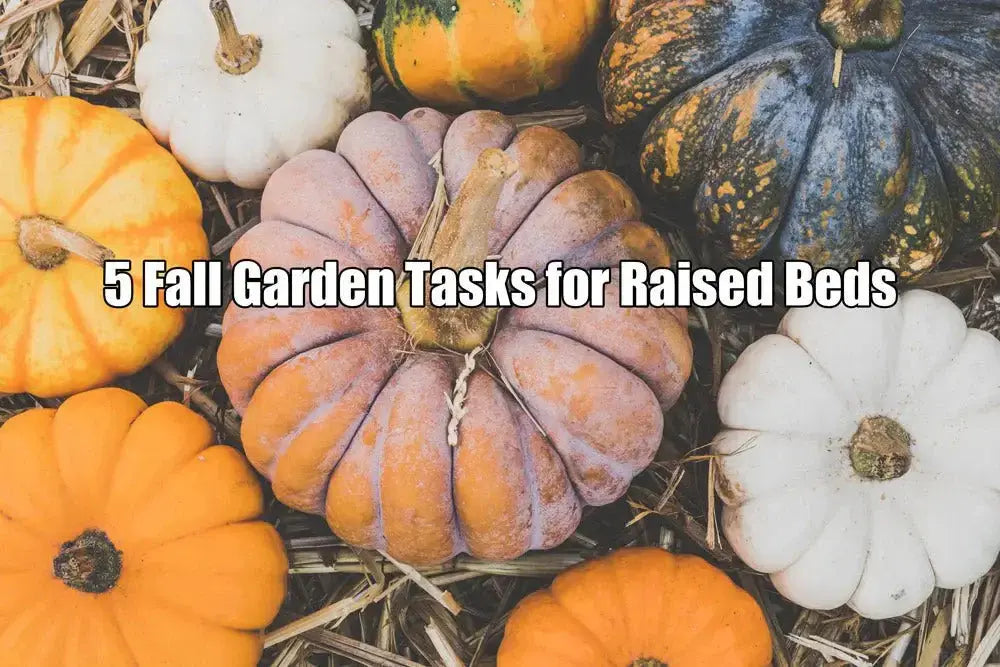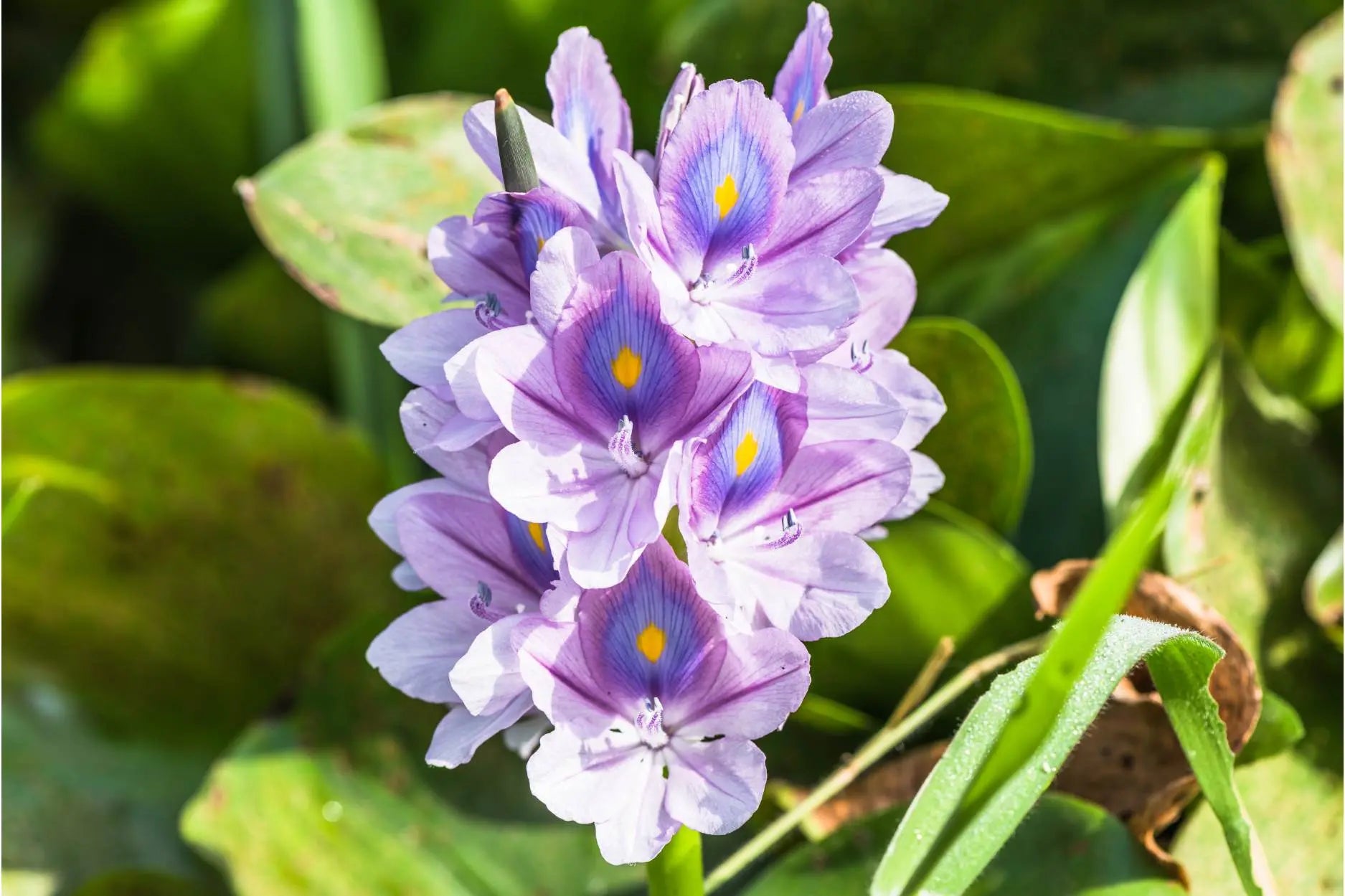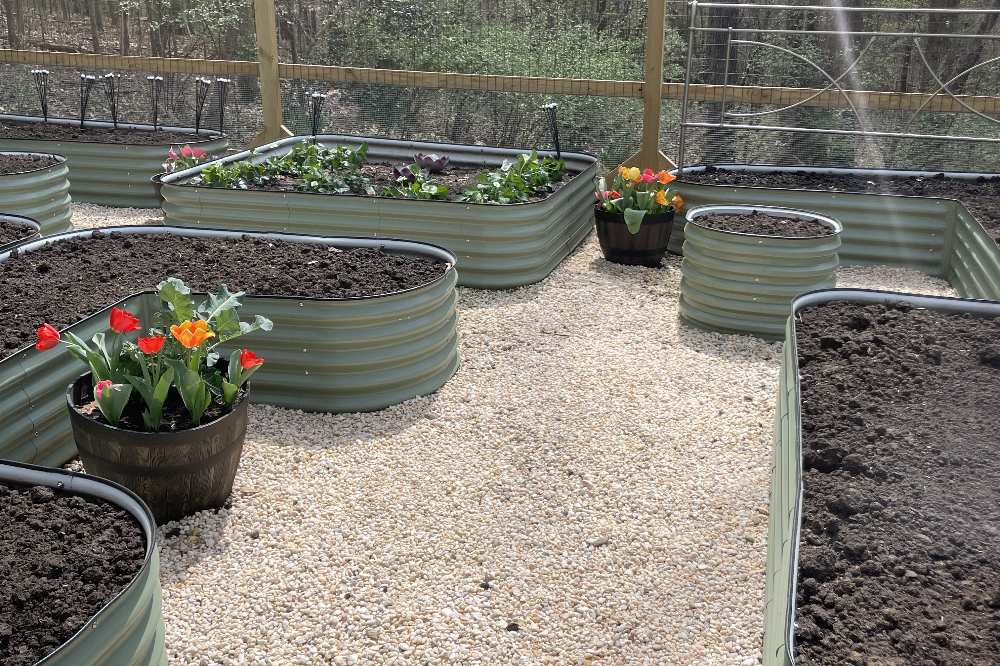How to Grow and Care for Your Favorite Flowers in Your Garden
By John Hammond
Author bio: John Hammond is a seasoned backyard fruit tree grower with a wealth of experience under his belt. Hailing from the Midwest, John's love for gardening and cultivating fruit trees began at a young age. As a child, he would often help his parents tend to their small garden and orchard, which sparked his interest in the art of fruit tree cultivation.
This article provides expert gardening advice for growing and caring for your favorite flowers in your raised beds. It covers the essential elements of gardening, including selecting the right location, soil preparation, planting techniques, and watering and fertilizing strategies.
This article also offer tips on how to protect your plants from pests and diseases and how to prune and deadhead your flowers. With this comprehensive guide, even novice gardeners can enjoy beautiful blooms in their garden all season long.
What are some tips for selecting the best flowers to grow in my garden, based on my location and climate?
1. Research local climate
First and foremost, it is essential to research your location and climate. Different flowers thrive in different environments, and selecting the right flowers for your garden can make all the difference. For example, if you live in a hot and dry climate, you may want to consider planting drought-tolerant flowers such as lavender, sedum, or yarrow. These flowers are not only beautiful but also require less water and maintenance, making them the perfect choice for a low-maintenance garden.
2. Varieties of flowers
Another critical factor to consider when selecting flowers for your garden is the amount of sunlight your garden receives. Some flowers require full sun, while others thrive in partial or full shade. For example, if your garden receives full sunlight, you may want to consider planting sunflowers, zinnias, or dahlias, as they require at least six to eight hours of sunlight per day. On the other hand, if your garden is mostly shaded, you may want to consider planting impatiens, hostas, or ferns, as they prefer partial or full shade.
3. Test soil quality
Soil quality is also an essential factor to consider when selecting flowers for your garden. Different flowers require different types of soil, and it is essential to know what type of soil you have in your garden. Soil can be sandy, clay, loam, or a combination of these. Some flowers, such as roses, require well-draining soil with lots of organic matter, while others, such as daylilies, can thrive in a wide range of soil types. You can test your soil quality by using a soil test kit or by taking a sample of your soil to your local nursery or garden center for analysis.
4. Planting time
When deciding on how to grow flowers for your garden, it is also important to consider the timing of planting. Different flowers have different growing seasons, and it is essential to plant them at the right time to ensure they thrive. For example, annual flowers such as marigolds, petunias, and impatiens can be planted in the spring and will bloom throughout the summer until the first frost. Perennial flowers, on the other hand, have a longer lifespan and can bloom year after year with proper care. It is important to research the growing season of the flowers you want to plant to ensure they will thrive in your garden.
5. Garden layout
Finally, it is important to consider the overall aesthetic of your garden when selecting flowers. Different flowers come in a variety of colors, shapes, and sizes, and it is important to select flowers that complement each other and create a cohesive look. For example, you may want to consider planting a mix of tall and short flowers to create depth and dimension in your garden. You can also experiment with different color combinations to create a beautiful and eye-catching garden.
How can I properly prepare my soil for planting and ensure that my flowers receive the nutrients they need to thrive?

Soil preparation is essential for healthy plant growth, as it lays the foundation for strong and robust plants.
The first step in preparing your soil is to test it for its pH levels. Most flowers grow best in soil with a pH range between 6.0 and 7.5. Once you know your soil's pH level, you can amend it accordingly. If the soil is too acidic, you can add lime to raise the pH level. On the other hand, if the soil is too alkaline, you can add sulfur to lower the pH level. ( Learn more about How To Improve Soil pH In Raised Garden Beds)
Adding organic matter to the soil is another crucial step in soil preparation. Organic matter such as compost, manure, and leaf mold adds essential nutrients to the soil, improves soil structure, and increases water-holding capacity. I recommend adding organic matter to the soil at least a month before planting to allow enough time for the nutrients to distribute properly.
Another way to ensure that your flowers receive the nutrients they need is to fertilize them regularly. Fertilizers provide vital nutrients such as nitrogen, phosphorus, and potassium, which are essential for healthy plant growth. However, it's crucial to use the right type and amount of fertilizer, as over-fertilization can damage the plants.
Finally, proper watering techniques are essential for flower growth. Watering too much or too little can harm the plants, so it's crucial to find the right balance. Most flowers need about an inch of water per week, either through rainfall or irrigation.
What are some common pests and diseases that can affect flower growth, and how can I prevent or treat them naturally without using harmful chemicals?
One of the most common pests that can harm your flowers is the aphid. These tiny insects love to feed on the sap of tender leaves and stems, causing wilting and yellowing. To prevent aphid infestations, try planting companion plants such as marigolds, chives, or garlic. These plants emit strong odors that repel aphids. You can also spray your plants with a homemade solution of water and dish soap, which will suffocate the aphids.
Another pest that can harm your flowers is the spider mite. These tiny arachnids feed on the undersides of leaves, causing yellowing and stippling. To prevent spider mites, make sure your plants are well-watered and avoid using chemical fertilizers, as they can weaken your plants' defenses. You can also spray your plants with a mixture of water, neem oil, and dish soap, which will suffocate the spider mites.
When it comes to diseases, powdery mildew is a common problem that affects many flowers. This fungal disease causes a white powdery coating to form on the leaves, eventually leading to wilting and death. To prevent powdery mildew, make sure your plants are well-ventilated and avoid over-watering. You can also spray your plants with a mixture of water and milk, which will create a protective coating on the leaves.
Another common disease that affects flowers is black spot, which is caused by a fungal infection. This disease causes black spots to form on the leaves, eventually leading to defoliation. To prevent black spot, make sure your plants are well-watered and avoid overcrowding. You can also spray your plants with a mixture of water and baking soda, which will raise the pH level of the leaves and prevent fungal growth.
Conclusion
In conclusion, growing and caring for flowers is a rewarding experience that can be enjoyed by anyone, regardless of their level of gardening expertise. By following the advice provided in this article, you can create a beautiful garden filled with your favorite blooms. From selecting the right location to pruning and deadheading your plants, every step of the process is covered to ensure that your flowers thrive. With a little bit of patience and dedication, you can enjoy a stunning display of flowers in your garden all season long.


